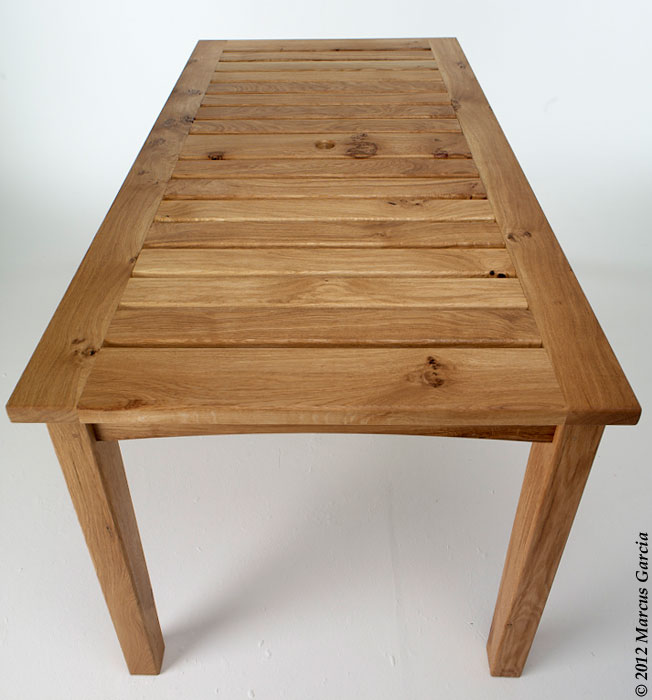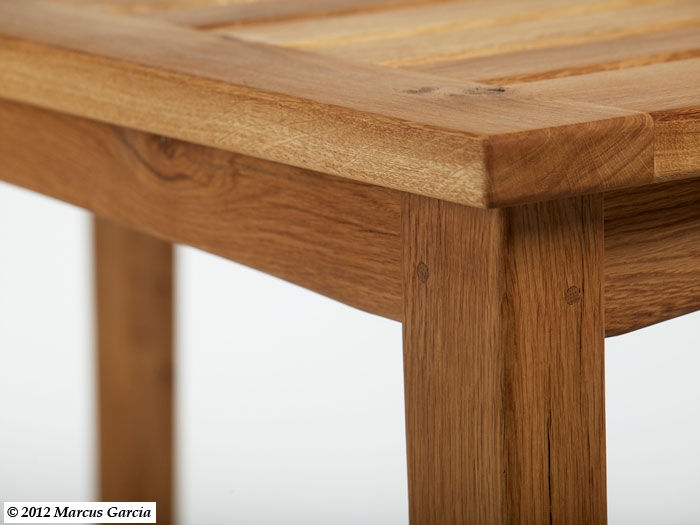Burg84
New member
Hello, brand new to ukworkshop and this is my first post.
Forgive me if this subject has been covered but I can't find a definite answer.
I'm building some farmhouse style garden tables soon out of pressure treated pine, is it safe to glue up the table tops? Or is it best to leave drainage gaps?
I'll be using waterproof glue such as titebondIII. The tops will have breadboard ends and have room to expand/contract but will the glue hold under the strain of the British weather?
Forgive me if this subject has been covered but I can't find a definite answer.
I'm building some farmhouse style garden tables soon out of pressure treated pine, is it safe to glue up the table tops? Or is it best to leave drainage gaps?
I'll be using waterproof glue such as titebondIII. The tops will have breadboard ends and have room to expand/contract but will the glue hold under the strain of the British weather?



































